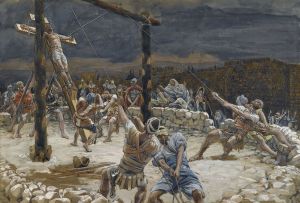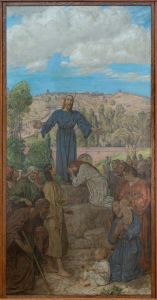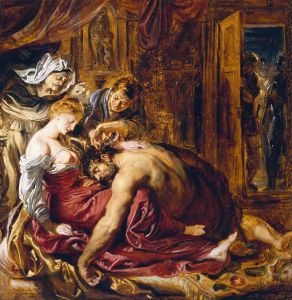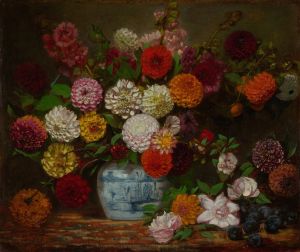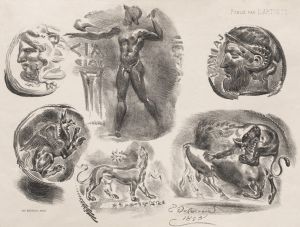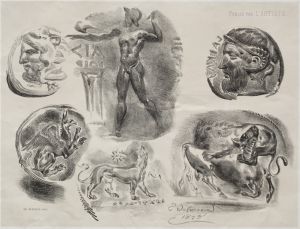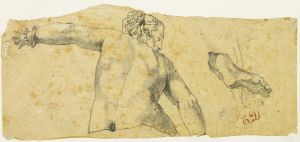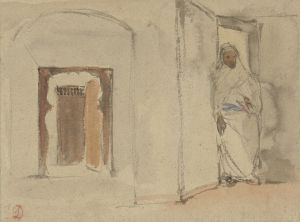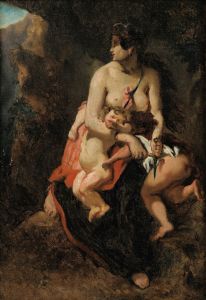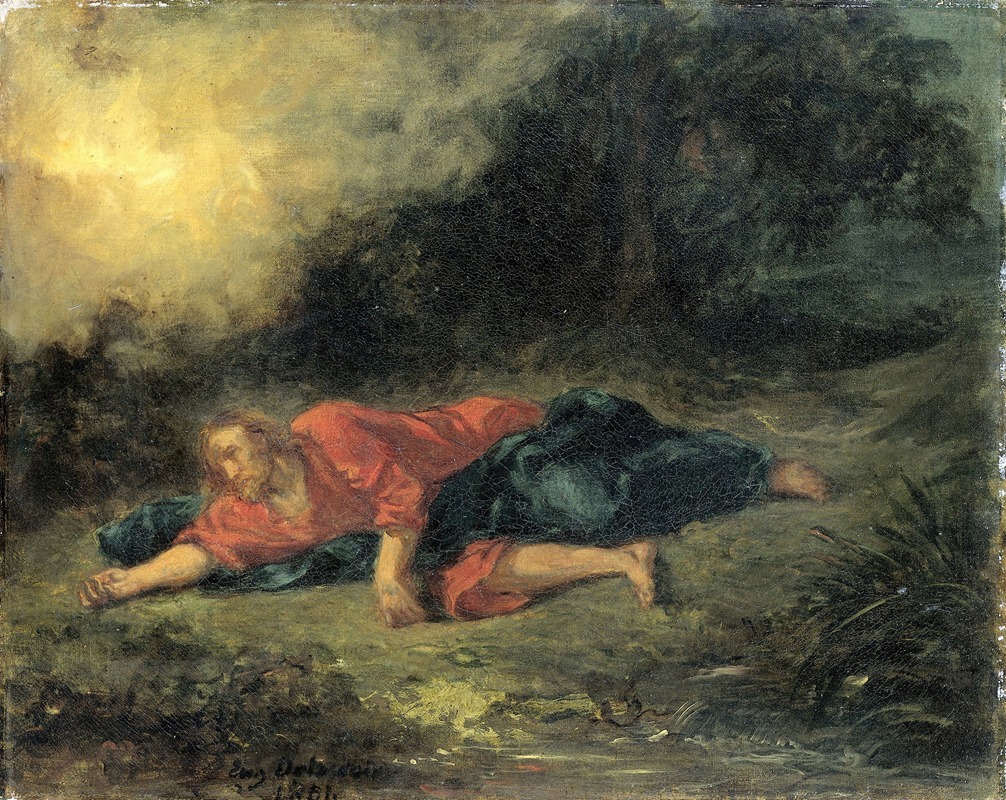
The Agony in the Garden
A hand-painted replica of Eugène Delacroix’s masterpiece The Agony in the Garden, meticulously crafted by professional artists to capture the true essence of the original. Each piece is created with museum-quality canvas and rare mineral pigments, carefully painted by experienced artists with delicate brushstrokes and rich, layered colors to perfectly recreate the texture of the original artwork. Unlike machine-printed reproductions, this hand-painted version brings the painting to life, infused with the artist’s emotions and skill in every stroke. Whether for personal collection or home decoration, it instantly elevates the artistic atmosphere of any space.
Eugène Delacroix, a leading figure of the French Romantic movement, created "The Agony in the Garden" as a profound representation of a pivotal moment in Christian theology. This painting captures the biblical scene of Jesus Christ in the Garden of Gethsemane, a narrative found in the New Testament, where Jesus experiences deep anguish and prays before his arrest and subsequent crucifixion.
Delacroix, known for his expressive brushwork and vibrant use of color, brings to life the emotional intensity of this moment. The painting depicts Jesus in a moment of solitude, kneeling in prayer, with an angel appearing to offer comfort. The background is typically dark and tumultuous, reflecting the inner turmoil and the gravity of the impending events. Delacroix's use of light and shadow enhances the drama of the scene, focusing on the figure of Jesus, whose expression and posture convey a sense of both resignation and divine strength.
The composition of "The Agony in the Garden" reflects Delacroix's mastery in conveying emotion through art. His Romantic style is evident in the dynamic movement and the dramatic contrasts within the painting. Delacroix often drew inspiration from historical and literary sources, and his religious works, including this one, demonstrate his ability to infuse traditional themes with a new emotional depth and intensity.
Delacroix's interpretation of this biblical scene is notable for its emphasis on human emotion and divine intervention. The presence of the angel, a common element in artistic depictions of this event, is rendered with a sense of ethereal grace, providing a counterpoint to the earthly suffering of Christ. This juxtaposition highlights the dual nature of the scene, where human despair meets divine hope.
"The Agony in the Garden" is part of Delacroix's broader body of work that explores themes of suffering, redemption, and the human condition. His religious paintings, while less numerous than his historical and literary subjects, are significant for their emotional power and their ability to convey complex theological ideas through visual means.
Delacroix's influence on the art world extends beyond his own works; he inspired future generations of artists, including the Impressionists, with his innovative use of color and expressive techniques. His ability to capture the essence of human emotion and his commitment to exploring profound themes have cemented his place as one of the most important artists of the 19th century.
While specific details about the creation and current location of "The Agony in the Garden" by Delacroix may not be widely documented, the painting remains an important example of his religious art and his contribution to the Romantic movement. Through this work, Delacroix continues to engage viewers with the timeless themes of faith, suffering, and hope.






